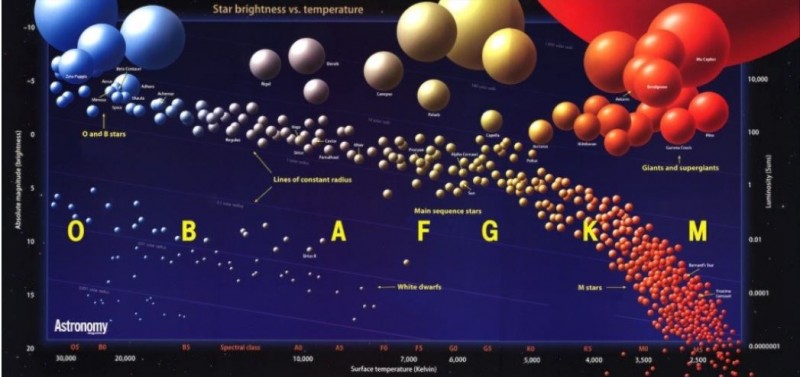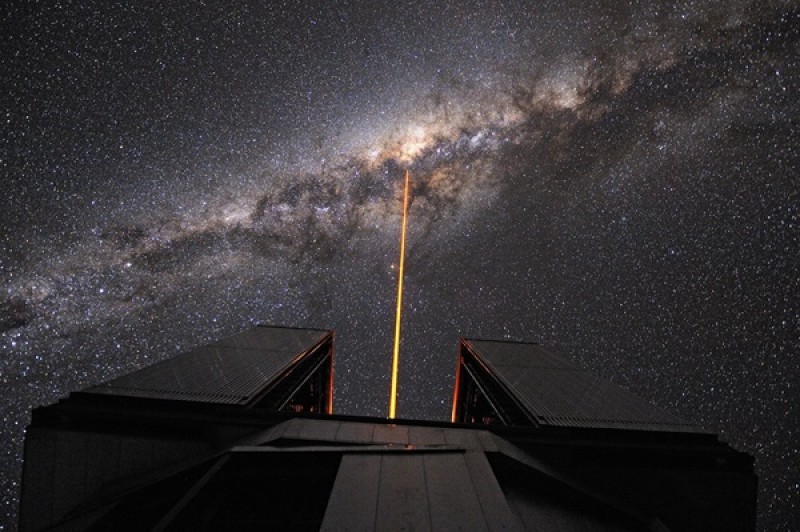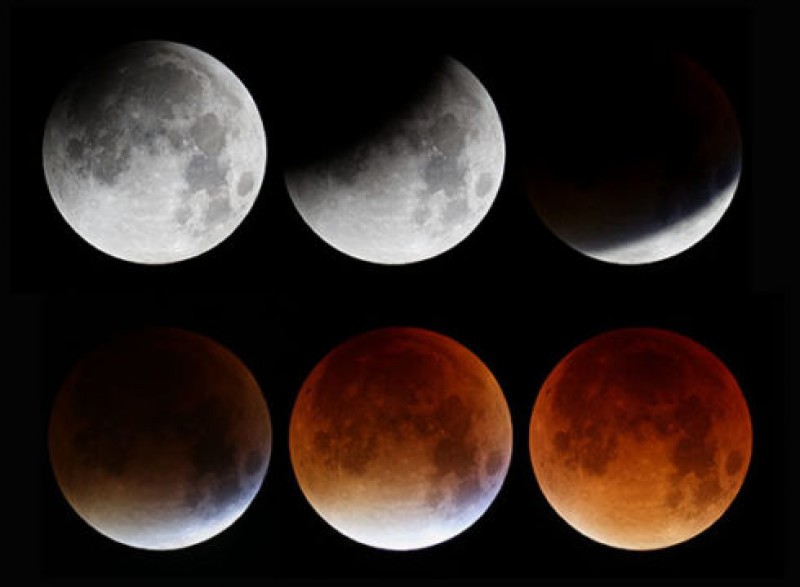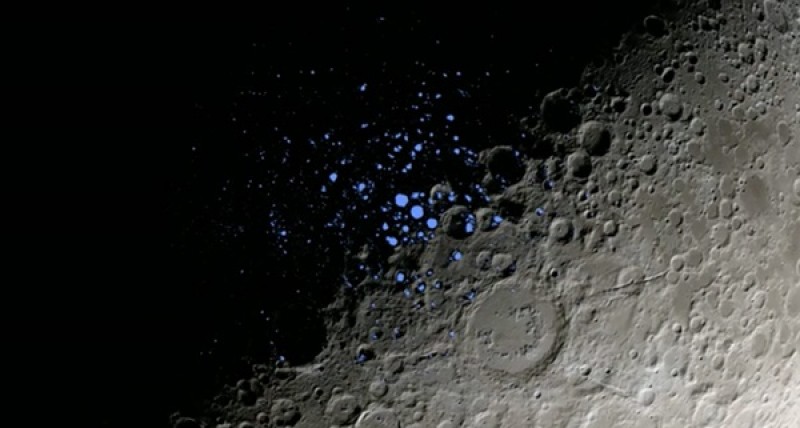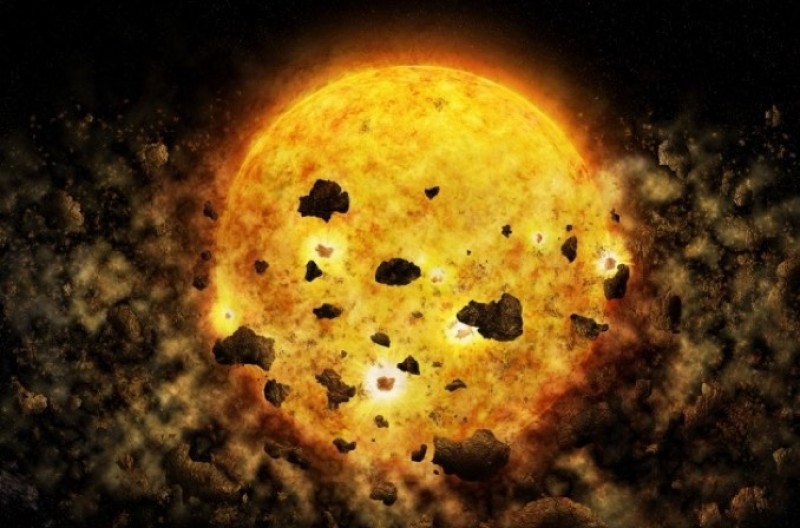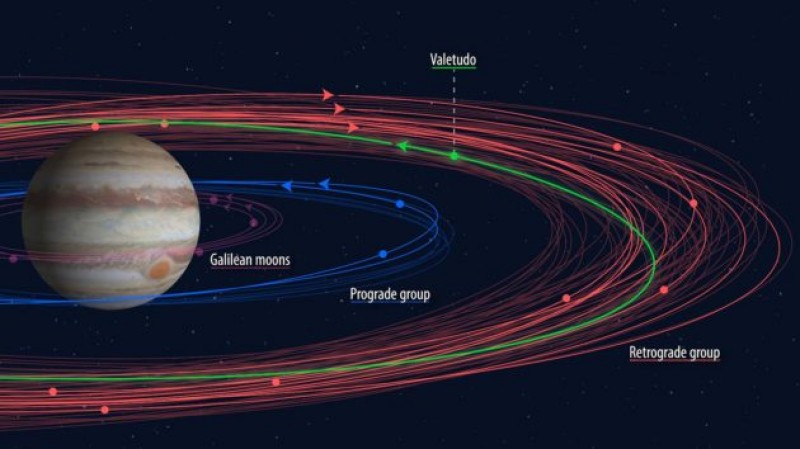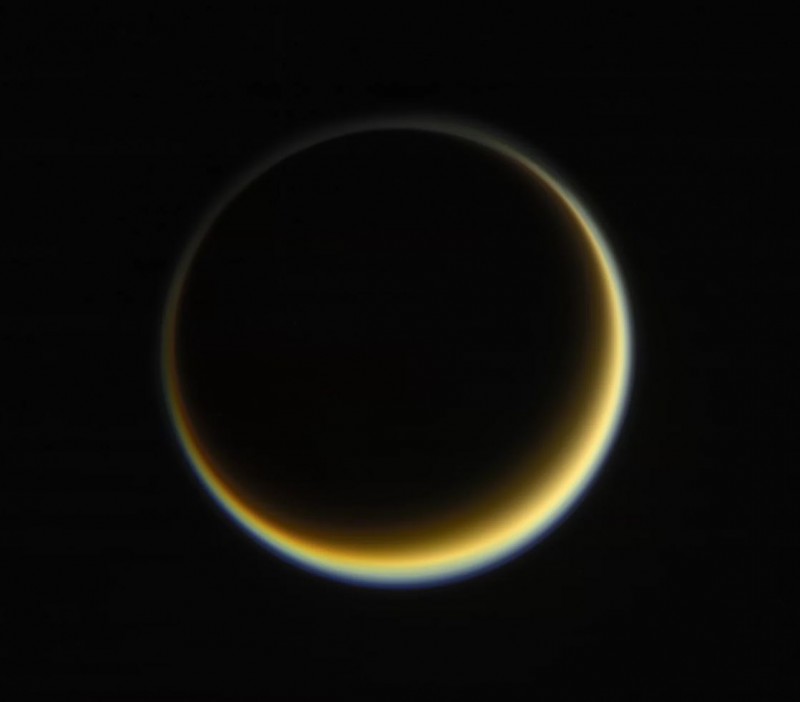Blog
The Milky Way Galaxy Once Died… But Then Came Back to Life
Wednesday, August 29th 2018 12:07 AM
Our home galaxy has turned out to have experienced a more dramatic history than originally thought. The Milky Way galaxy died once before and we are now in what is considered its second life. Calculations by Masafumi Noguchi, of Tohoku University in Japan, published in the July 26, 2018 edition of Nature, reveal previously unknown details about the Milky Way. It appears that stars formed in two different epochs through different mechanisms and there was a long dormant period of 5 billion years in between. During that time, star formation ceased and the galaxy was essentially void of stellar life.
Noguchi has calculated the evolution of the Milky Way over a 10 billion year period, which includes a “Cold Flow Accretion” period -- a new idea proposed by Avishai Dekel of The Hebrew University in Israel for how galaxies collect surrounding gas during their formation. Although the two stage formation was originally suggested for much more massive galaxies by Yuval Birnboim (also...
Read More
Read More
Using binoculars
Friday, July 27th 2018 04:15 PM
(image source: https://opticsmag.com/)
Ask someone what equipment they need to start exploring the night sky and, 99 times out of 100, they'll fire back "telescope" as the answer. Although a telescope may seem the logical choice, there's an alternative that in many respects works better. Binoculars are highly versatile instruments that can reveal craters on the Moon, moons orbiting Jupiter, Milky Way starfields, and even other galaxies.In many ways, binoculars prove superior to a telescope for those starting out in astronomy. They have a wide field of view and provide right-side-up images, making objects easy to find. They require no effort or expertise to set up — just sling them around your neck, step outside, and you're ready to go. That portability also makes binoculars ideal for those clear nights in the middle of the week when you don't have the time — or inclination — to get out a telescope. And for most people, observi...
Read More
Read More
Supermassive Black Hole Caught Sucking Energy From Nearby Starlight
Thursday, July 26th 2018 05:12 PM
Astronomers have long had their eye on a group of stars that precariously circles just outside the supermassive black hole at the heart of our Milky Way galaxy. And, in a discovery announced by the European Southern Observatory on Thursday, scientists say they’ve finally spotted one of these stars as it travels through the black hole’s gravitational field. It’s the first test of Albert Einstein’s theory of general relativity near a supermassive black hole.The event, recorded in incredible detail, reveals how the extreme gravitational pull of a black hole affects light.Einstein suspected that a black hole might be powerful enough to lower the frequency of light under extreme circumstances, and once again his theory has withstood the test. The announcement was made at the European Southern Observatory (ESO) headquarters in Garching, Germany. At the press conference, ESO researcher Frank Eisenhuer compared the predicted redshift as outlined by Einstein to what wa...
Read More
Read More
Red Moon Meets Red Planet in Longest Total Lunar Eclipse of the Century
Wednesday, July 25th 2018 04:10 PM
104 minutes. That's the length of the longest lunar totality of the 21st century. And it happens Friday, July 27th, when the Moon creeps into Earth's umbra like some thief in the night. If my dad were still alive, he'd probably watch for 10 minutes and be done with it. "Enough's enough," he'd say. But for his son and fellow skywatchers, staring down the length of Earth's shadow is never a waste of time.
A total lunar eclipse occurs during a full Moon when the Sun, Earth, and Moon line up exactly in that order. Light from the Sun passes through the Earth’s atmosphere, which refracts the red and orange colors into the umbra to tint the Moon. The outer part of Earth's shadow, called the penumbra, is only partially dark because it's a mixture of shadow and sunlight. It's visible as a gray smudge on one side of the lunar disk starting about 20 minutes into penumbral eclipse.Starry Night with additions by the author
2018 began with a total lunar eclipse on January 31st&nbs...
Read More
Read More
Life on the Moon? Maybe long ago
Tuesday, July 24th 2018 06:58 PM
Today, the Moon is about as inhospitable to life as it gets. The little water that’s there is trapped in ice or rock. It’s otherwise dry and airless, fluctuating in temperature by hundreds of degrees anywhere the sun shines. But long ago? That’s an entirely different story.New research published in Astrobiology suggests that the Moon may have been shockingly habitable in the past during at least two periods — shortly after the Moon formed, and when volcanic activity was at its highest.The key to it all is heat and lots of energy. The Moon formed after a collision between Earth and a proto-planet astronomers call Theia. And just after the smash up, there was lots of water vapor — enough that the Moon could’ve had a fairly substantial atmosphere and pools of water on the ground. Volcanic activity was also high, which could have replenished the atmosphere with water vapor from deep in the interior.That all happened roughly 4 billion years ag...
Read More
Read More
The Sky for the Last Week of July
Monday, July 23rd 2018 06:13 PM
Monday, July 23The Southern Delta Aquariid meteor shower continues to ramp up this week. Although the shower won’t peak until the end of July, you should see some of its meteors in the hours before dawn. The best time to look this morning is between 2:30 and 4 a.m. local daylight time, in the 90-minute window between moonset and the beginning of twilight. Unfortunately, the Moon will show a waning gibbous phase at the shower’s peak the night of July 29/30. To tell a Southern Delta Aquariid meteor from a random dust particle burning up in Earth’s atmosphere, trace the streak of light’s path backward. A shower meteor will appear to originate from the constellation Aquarius the Water-bearer.Tuesday, July 24The waxing gibbous Moon passes just 2° north of Saturn tonight, helping point the way to the magnificent ringed planet. The two are on display nearly all night among the background stars of northern Sagittarius, hanging in the southeastern sky as darkness f...
Read More
Read More
X-rays indicate collision of young planets may explain star’s dimming
Friday, July 20th 2018 04:44 PM
The Chandra X-ray Observatory, studying high-energy radiation from a star that periodically dims and brightens, has found evidence suggesting the catastrophic collision of two infant planets, producing a huge cloud of debris, including significant amounts of iron, that would explain the star’s most recent change in intensity.
The star, known as RW Aur A, is located in the Taurus-Auriga constellation some 450 light years from Earth where thousands of young stars blaze in stellar nurseries. RW Aur A fades every few decades and then brightens again, prompting speculation about the effects of dusty clouds of debris orbiting the star, or other, unknown processes going on closer in.
But astronomers using the Chandra X-Ray Observatory to study RW Aur A’s most recent dimming obtained spectra showing significant amounts of iron in the star’s light, indicating the possible collision of two young planets.
“Computer simulations have long predicted that planets can fall...
Read More
Read More
Jupiter’s Moons: 10 More Found, 79 Known
Wednesday, July 18th 2018 07:20 PM
After the discovery of Jupiter's four Galilean satellites in 1610, astronomers struggled to find 10 more in the 3½ centuries that followed. Today the IAU's Minor Planet Center announced that a search team led by Scott Sheppard (Carnegie Institution for Science) has identified 10 new moons of Jupiter, bringing the known total to 79 — the most of any planet in our solar system. Of those, Sheppard has led the searches that discovered 51 of them.
Dozens of Jupiter's moons circle the planet in a swarm of distant orbits and travel in a retrogradedirection, that is, opposite that of the planet's spin. Their orbits cluster in three groups of 15 to 20 objects, named for members Ananke (discovered in 1951), Carme (1938), and Pasiphae (1908). Most likely each of these moonlet "families" represent fragments of larger precursors that were shattered by collisions early in Jupiter's history.
Of the 10 new finds, seven of them are among these retrograde objects. Two of them orbit...
Read More
Read More
Titan Occultation May Give Astronomers Clues About Saturn's Biggest Moon
Tuesday, July 17th 2018 04:54 PM
Astronomers in Australia are eager for a special celestial alignment this week that could tell them more about one of the most intriguing candidates for hosting life beyond Earth.
That's because for a brief 4 minutes late Wednesday night (July 18) local time, Saturn's moon Titan will slip directly between Earth and a bright star. The rare alignment, formally called an occultation, will let astronomers study light streaming through the layers of Titan's hazy atmosphere.
"It will be like an eclipse of the sun with the moon passing in front, but on a very subtle scale," David Coward, an astronomer at the University of Western Australia, told The West Australian, a local newspaper. "This eclipse forms a track across the Earth, and as Titan passes in front of the star, the light illuminates its atmosphere and allows scientists to use the data to work out the composition. The stars have to line up, literally."
Scientists stuck on Earth have been observing o...
Read More
Read More
Lunar Eclipse 2018 Guide: When, Where & How to See the Blood Moon
Saturday, July 14th 2018 09:03 PM
2018 features two lunar eclipses, one in January and the other in July. On Jan. 31, there was a spectactular Super Blue Blood Moon eclipse. The July 27 Blood Moon will be the longest total lunar eclipse of the 21st century. Both will be total lunar eclipses, when the full moon passes through Earth's shadow.
Lunar eclipses are visible from anywhere on Earth where it is nighttime. However, the duration of the eclipse you see will depend on how close to moonrise or moonset the eclipse starts in your location. During total lunar eclipses, the moon turns a deep red color when it enters the depths of Earth's shadow. So why doesn't the moon just look like it's in darkness? The color change happens because Earth's atmosphere acts as both a lens and a scattering medium for the sun's light.
As light passes through any medium, it slows down a bit, and bends. So some sunlight gets bent toward the moon's surface as it passes through Earth's atmosphere during an ec...
Read More
Read More
